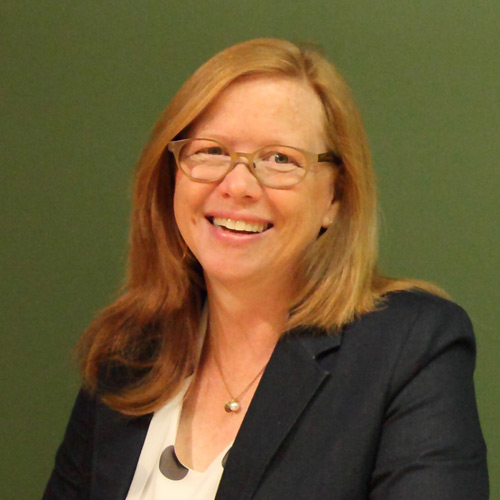Several clients have reached out with questions about their fundraising efforts in these uncertain times. Here is one response to a colleague at a midwestern art museum–perhaps you will find insights that can apply in your situation,
Sara – thank you for the question. Obviously it is a fluid situation. Here are a few things we learned from earlier disruptions.
- In 2001, after 9/11, many organizations waited a long long time before they resumed things like membership appeals – to their detriment. While now may not be the right time, a horizon to re-engage solicitation is soon after the situation begins to turn around.
- When Bernie Madoff embezzled money from many prominent Jewish philanthropists, organizations reacted to their donors in different ways. Those that honored long-standing relationships were rewarded with loyalty when the funds were returned (i.e., “we know it’s not the right time to ask you for a contribution, but our donor society just wouldn’t be the same without you so we are going to continue to consider you a member…”) Organizations that were silent were seen as insensitive.
- In 2008-9, when the market dropped 40%, charitable giving dropped just 4%. Philanthropy is resilient. When giving did rebound, it began with the biggest gifts from high-net-worth donors. Donors may elect to give out of different assets (such as real property rather than securities). And they may want their gifts tied to the current events (i.e., “…with a strong museum, there’s no need for our neighbors to cross oceans to see great art…”).
- Keep in mind that foundations will still be required to meet their 5% giving requirement, and the 5% threshold will be based on a trailing average of their year-end assets, so the market highs of 2018 and 2019 will be “baked in” to the formula.
Mostly, I’d advise that you talk to your donors, but be very cautious about asking. Listen to their anxieties. Reassure them of the museum’s resilience. Remind them that art can be a balm in anxious times (so long as they practice “social distancing”). Be kind.
 By Laura MacDonald, CFRE,
By Laura MacDonald, CFRE,

